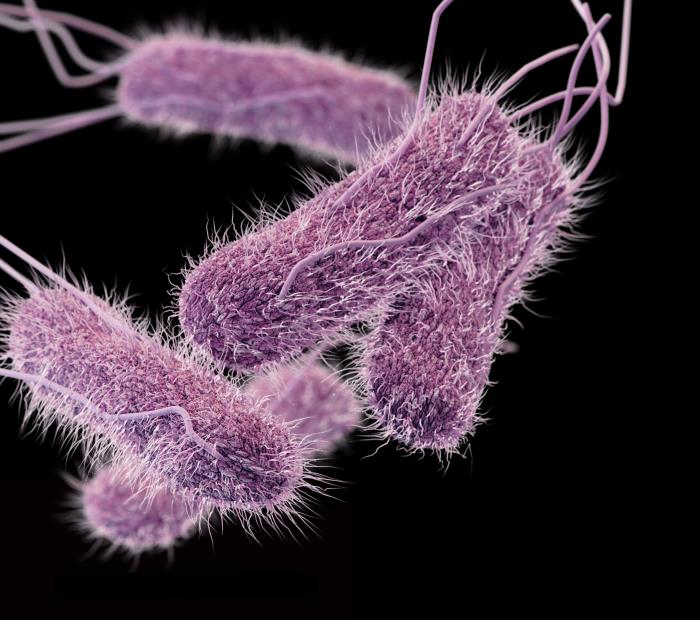European health officials have reported a typhoid outbreak that has sickened at least four people since the summer that has been linked to the European Rainbow gathering that took place in Tramonti di Sopra, Friuli-Venezia Giulia region, Italy, from 23 July to 21 August 2017.

To date, French authorities have reported three cases and Germany has reported one case. European authorities say additional cases are possibly associated with this event.
Typhoid fever, a rare disease in Europe, is caused by the bacterium Salmonella typhi, is a life-threatening bacterial infection. Typhoid fever is still common in the developing world, where it affects about 21 million people annually.
Salmonella typhi lives only in humans. Persons with typhoid fever carry the bacteria in their bloodstream and intestinal tract. In addition, a small number of persons, called carriers, recover from typhoid fever but continue to carry the bacteria. Both ill persons and carriers shed S.typhi in their feces.
Save up to 40% off tours & activities in Paris
You can get typhoid fever if you eat food or drink beverages that have been handled by a person who is shedding S. typhi or if sewage contaminated with S. typhi bacteria gets into the water you use for drinking or washing food. Therefore, typhoid fever is more common in areas of the world where handwashing is less frequent and water is likely to be contaminated with sewage.
Check out the podcast at Outbreak News Interviews
Typhoid fever can be successfully treated with appropriate antibiotics, and persons given antibiotics usually begin to feel better within 2 to 3 days.
Typhoid fever is endemic in many parts of the world and causing approximately 21 million cases and 222 000 deaths annually worldwide.
Related:
- Australia: Measles alert issued for Melbourne
- New York: Possible Campylobacter jejuni linked to unpasteurized raw milk prompts warning
- Group A streptococcus: Researchers unlock potential pathway to treat
- Europe: Researchers warn of Thelazia callipaeda eye infection risk
- Brucella RB51, pasteurization and the risks of consuming raw milk
- Yellow fever case confirmed in Kwara State, Nigeria
- E-cigarette use doubles risk for smoking tobacco in teens: Study
- Cyclospora: US and Canada updates, Investigations ongoing

